Street art, once considered a form of rebellion and vandalism, has evolved over the years into a legitimate art movement that spans the globe. What started as simple graffiti tags and rebellious murals has blossomed into a diverse and complex world of artistic expression. In this blog post, we will explore the fascinating evolution of street art styles, from their origins to their place in contemporary art culture.

Graffiti and Tagging
The roots of street art can be traced back to graffiti and tagging. In the 1960s and ’70s, young artists in New York City began leaving their marks on subway cars and walls as a form of self-expression.

These artists used pseudonyms, or “tags,” to remain anonymous and often employed vibrant colors and unique lettering styles to make their mark. The art form quickly spread to other urban centers, gaining prominence in cities across the world. Cornbread, the pseudonym of Darryl McCray, is widely recognized as the first to popularise graffiti in the late 1960s.
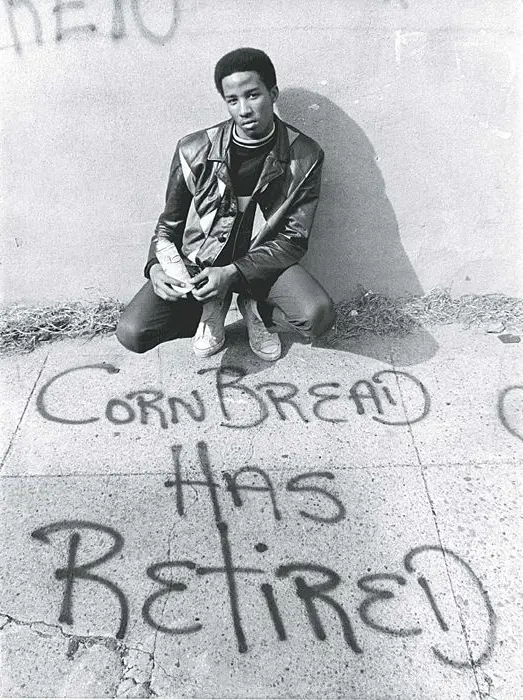
But in 1971 he announced his retirement, as recorded in this image from the Philadelphia Inquirer. Other famous pioneers of graffiti street art are Taki 183, Jean-Michel Basquiat, Keith Haring, Futura 2000, Phase 2, and many others.
Stencil Art
Oh boy, we simply adore stencil art of all street art styles. Stencil art emerged as a response to the challenging nature of working in public spaces. Street artists like Banksy, who remains one of the most famous in the field, began using stencils to create intricate and detailed images.

This technique allowed for faster execution and greater precision. Stencil art also introduced the possibility of political and social commentary, making it a powerful tool for artists to convey their messages. Most famous names in the field include Nick Walker, The Dotmaster, Blek Le Rat, and of course Shepard Fairey.
Wheatpasting
Now, this is one truly amazing street art style. Wheatpasting involves creating artwork on paper, which is then adhered to outdoor surfaces using a mixture of wheat paste and water. Artists like Shepard Fairey popularized this style with iconic pieces like the “Hope” poster for Barack Obama’s 2008 presidential campaign.
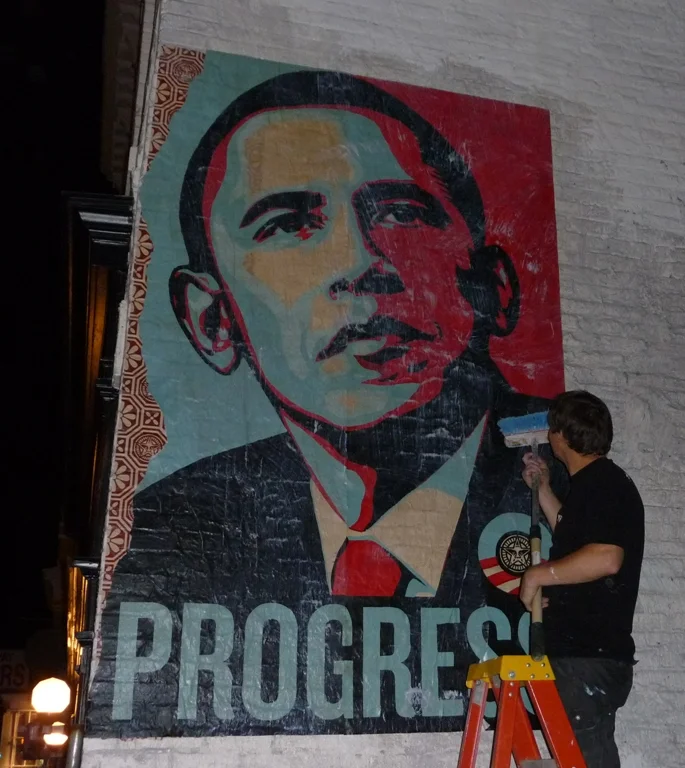
Like graffiti, wheatpasting is a direct action technique for communicating with your neighbors and redecorating your environment. The technique allowed for the mass reproduction of images and contributed to the spread of street art.
Murals and Public Art
Can you imagine a city without street art murals? One of the most significant developments in the evolution of street art has been the rise of large-scale murals and public art installations.

Cities began to commission artists to create pieces that would beautify neighborhoods and deter graffiti vandalism. These massive, intricate works, often involving social and political themes, have brought street art into the mainstream art world.
3D Street Art
3D street art, also known as anamorphic art, is a style that creates the illusion of three-dimensionality on two-dimensional surfaces. Artists like Edgar Müller and Julian Beever have elevated this style, making the streets themselves part of the art installation. Passersby can interact with the artwork, taking photographs from specific angles to experience the illusion.
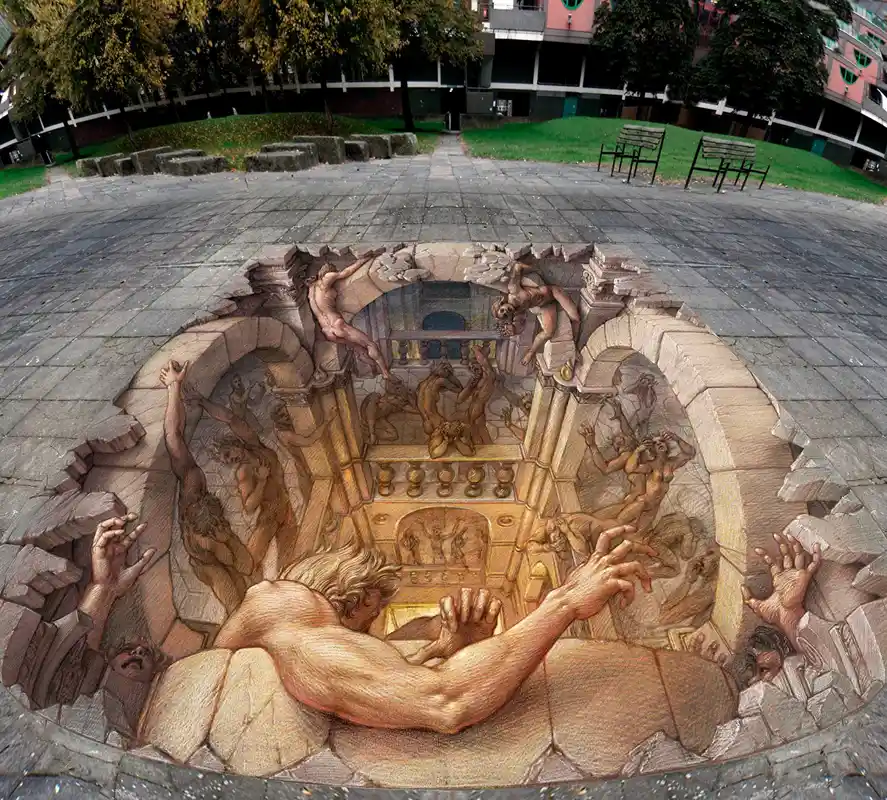
Mixed Media Street Art
The evolution of street art has also seen a fusion of traditional and non-traditional art materials. Street artists now incorporate elements like sculpture, lighting, and sound to create immersive experiences. These mixed-media installations transform the urban landscape into a playground of artistic exploration.
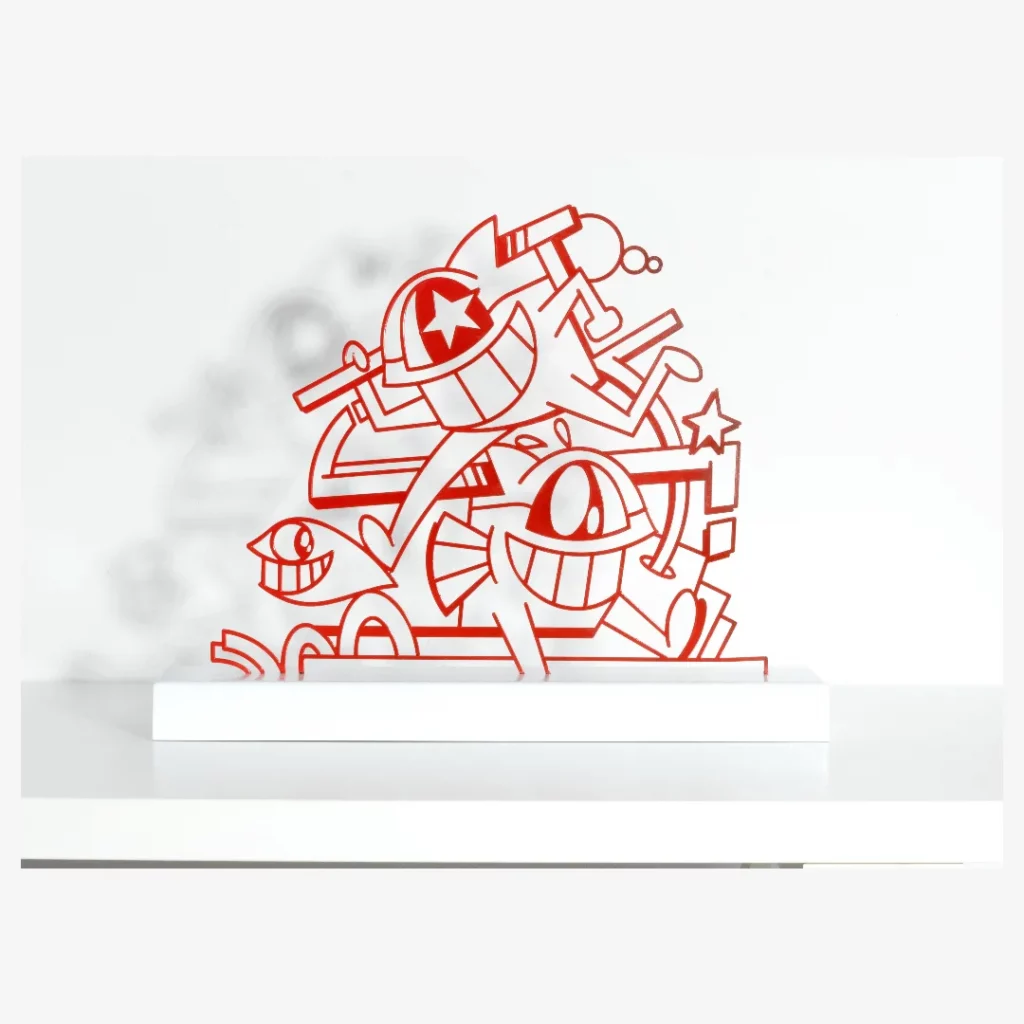
Contemporary Street Art
Street art has become a legitimate and highly respected art form, with artists exhibiting their work in galleries and museums worldwide. Pioneers like Jean-Michel Basquiat and Keith Haring paved the way for today’s street artists to transition into the fine art world. The likes of The London Police, El Pez, Ben Eine, The Dotmaster, and Vhils are pushing the boundaries of street art in exciting new directions.
Street Art Styles
The evolution of street art styles showcases the constant adaptation and innovation within the artistic world. What started as rebellious graffiti has grown into a global phenomenon that combines traditional techniques with innovative approaches.
Street art has not only transformed urban landscapes but also challenged the art world’s traditional boundaries, bridging the gap between art and the public. As the movement continues to evolve, we can only anticipate new and exciting developments that will redefine the art world once again. Street art is here to stay, and its evolution is far from over.
Cover image: The Art of Nick Walker Website
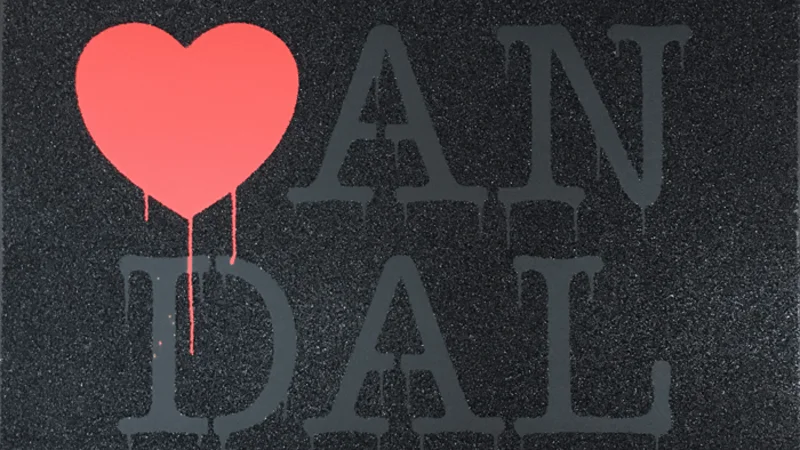
Leave a Reply